Technologies that will revolutionize the future of medicine
Technology advances day by day and affects every aspect of life. Future medicine not only heals but also helps people cope with diseases.
The future is a better world for everyone. The technologies currently under development will contribute significantly to changing the face of the health sector, helping everyone have access to a modern health care system so that the rate of deaths due to untreated is decreasing and not even there anymore. Here are the technologies that could change our lives in the future.
Gene analysis technology and gene database
Digital, social networking platforms, biomedical sciences and many other fields have developed together over the years, making it possible for anyone to learn about their genes, as well as finding people who have the same genome with me somewhere on this Earth.
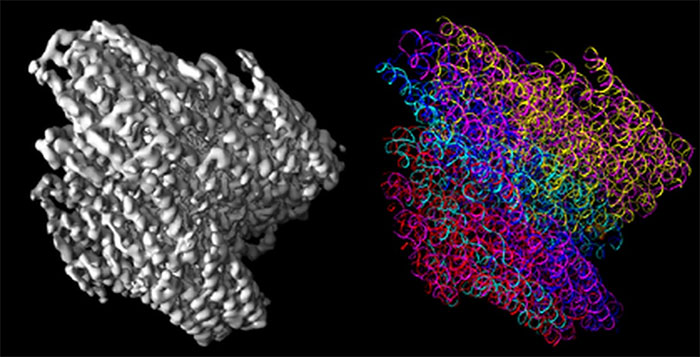
By genetic analysis technology, we can know the specific characteristics of each gene in disease prevention and susceptibility.
But this technology is used not only to see who is a distant relative, but also a host of other extremely useful applications. We are only at the dawn of this technology but it has promised to change the way we care for our loved ones.
Researchers have been analyzing each genome for specific characteristics such as antibacterial ability, susceptible diseases, congenital syndromes, etc. to not only treat but also help people carrying that genome can prevent it early.
Technology devices worn on people
In the past, patient health and disease data were monitored intermittently, only recorded after each follow-up visit, and recorded on paper. Today, health parameters are monitored and recorded continuously thanks to the development of technology.
A decade ago, Fitbit was the first wearable to track human health that was officially launched. Now, such devices have grown tremendously and help continuously record in real time the health status of users.
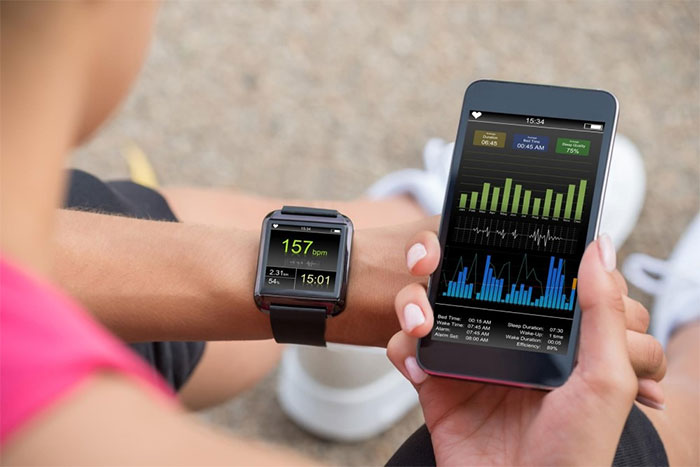
The device can detect changes in health indicators, thereby making predictions about the disease.
In the future, this sensor technology will continue to evolve and become the focus of disease diagnosis, prevention, and treatment. By attaching it to a hand or a body area, the device can detect changes in health indicators, thereby making predictions about the disease as an alternative to a physical examination for them.
But not only are wrist watches, now we also have medical tattoos, ECG identification sensor, respiration meter, blood sugar test, ... integrated deep within the muscle. human body. Hearing aids not only amplify the hearing impaired, but also monitor the heart rate.
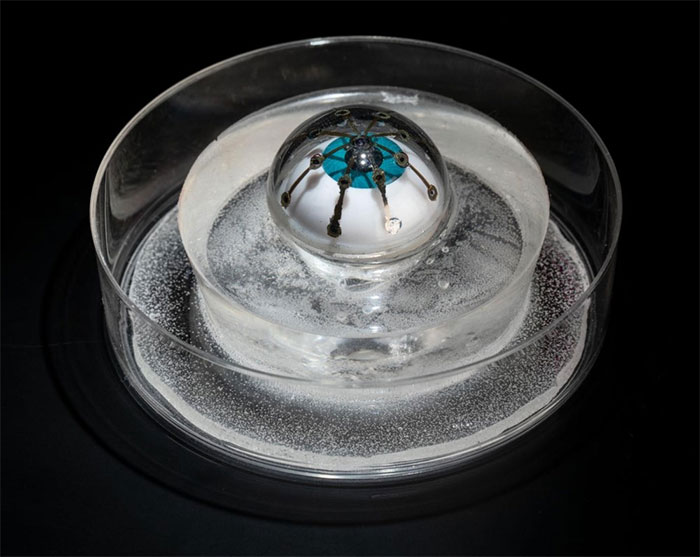
Simulation of contact lenses technology is deeply integrated on the eyeballs of the future people. (Photo: Rebecca Hale).
Wireless headphones, too, are not simply emitting sound into the ears, but they are also used to measure distance, measure heart rate, get health indicators. Similarly, electronic contact lenses have been gradually integrated with thousands of biological sensors. Further, the devices can offer health advice, recommended menus for each different user object.
Small robots go deep into the body
In addition to external wearable technology, the future world also sees ultra-small devices integrated deep into the human body. Small chips are implanted beneath the human skin to capture the flow of blood, blood sugar, etc.
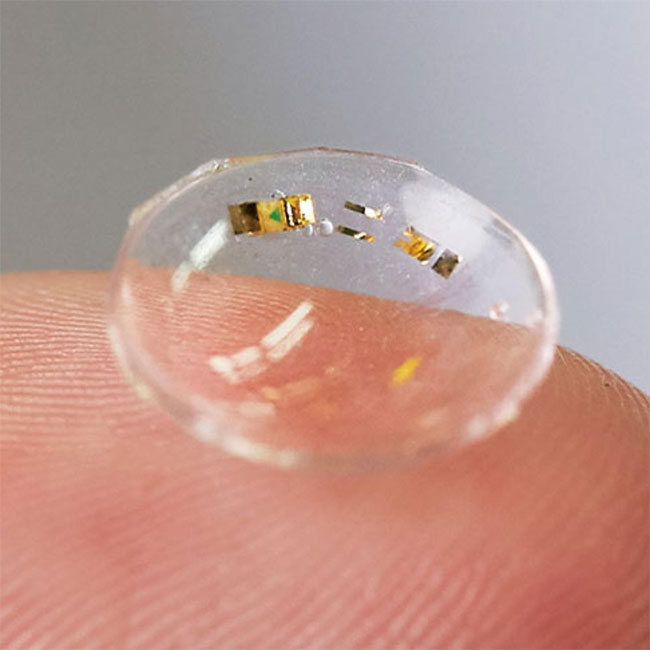
Transparent contact lenses with integrated micro sensor. (Photo: Unist).
Not only is it possible, the small size sensors are placed in the capsules as the pills will activate by themselves when swallowed. Inside the human body, they will perform digestive tasks as well as treatment without endoscopy or surgery.
A research team recently presented the idea, implanting a follow-up patch on a pregnant woman's abdomen so that doctors can continually receive information about uterine movement or labor. When a baby is born, technology will continue to monitor the baby's breathing, heart rate and brainwave and send data back to parents.

The exploration robot is encapsulated in a tablet. (Photo: MIT Casil).
Healing with artificial intelligence
In addition to digital technology, artificial intelligence (AI) has also made remarkable strides in the past. By combining hardware technology with the ability to self-study and make judgments of AI, the diagnosis of the disease in the early stages will gradually be improved more and more accurately and thereby leading to the treatment will become more successful due to early detection.
In the far future, the disease will be diagnosed and treated right on the phone. Hardware evolves with increasingly accurate measurement sensors, while artificial intelligence can rely on a shared medical database and make disease judgments, even more accurately and faster. with doctors during clinical visits.

With AI, diagnosing the disease in the early stages will become much easier.
Google scientists conducted a large-scale study of more than 250,000 patients to build a database of diseases, such as cardiovascular diseases, high blood pressure, strokes, and so on. .. From there, help AI learn the symptoms and initial treatments.
Exploding research on microbiota in the human body
Inside the human body are so many diverse microorganisms that we still do not fully understand them. There are trillions of bacteria that contribute both positively and negatively to the health of the human body. Recently, scientists have begun to conduct many in-depth studies on this unique organism.
In the intestinal tract, many microorganisms are thought to play a major role in the risk and development of diseases such as obesity, inflammatory bowel disease, cardiovascular disease and even neurological disorders. By further study of them, we can treat or even prevent these diseases through controlling their behavior.
Remote medical examination and treatment, no need to go to hospital
The waiting time when catching queues at the clinic will be significantly reduced as more and more clinics are conducted remotely by phone or over the internet. For common diseases, doctors only need to see images of the palm of the hand, skin or some body area to be able to diagnose the disease.
In addition, to improve the accuracy of remote examination results, physicians can view health indicators as measured by a patient's phone. By adopting technology, the majority of medical care cases will be carried out remotely. In the future, patients will only have to go to the hospital when they are too sick or need surgery.
No longer using too many medicines to treat the disease
With the development of diagnostic technology and effective treatment methods with technology, in the future, people do not need to use too much medicine to treat the disease, but instead strengthen the prevention of disease before acquired and treated through high technology methods.
For example, a company recently developed technology to help reduce tinnitus by stimulating brain waves to help the brain identify sounds by itself and reduce their volume. Or to closely monitor heart failure patients, a company has used its technology to stimulate the heart just before it was concussed, reducing 40% of the hospitalization for that patient's heart.
Great support comes from robots
Imagine the future drugstores will no longer have pharmacists to listen to the condition and prescribe anymore, but rather big machines like the current ATM. Just give the patient's medical code, the computer will know the current state of health to provide the right dose of medication.
Future nurses or nurses will also be replaced by robots or an online chatbot. The computer will take care of your health with natural dialogue, such as "I have a headache, I have insomnia, so what am I ill with?"
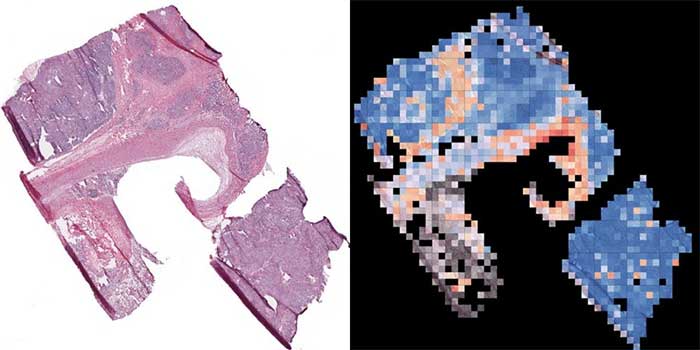
Artificial intelligence analyzes a cancer cell and finds the most effective treatment.
But not only physical illness, robots in the future can also consult and treat some mental illnesses, which need a specialized doctor to provide long-term support at the time. ours today.
Next is the skilled robots, when they can identify the human circuit to inject, take blood for tests, perform ultrasound and get results. In many difficult areas, where there is a shortage of doctors, this will be an effective assistive technology in the future.
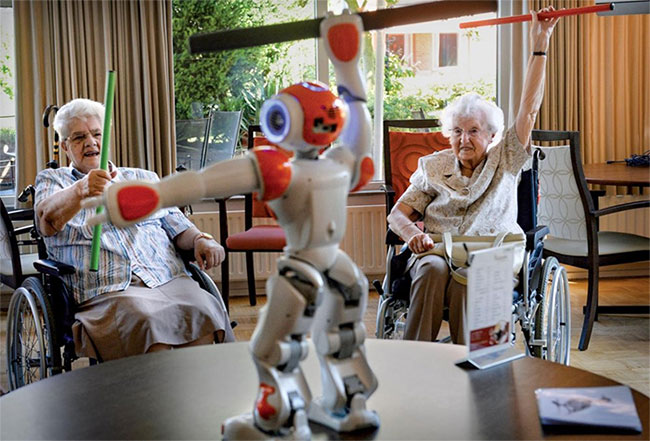
Robots will become a powerful support tool to take care of human health in the future. (Photo: Natasha Daly).
In a 2016 survey, an estimated 3.6 million people in low-income and middle-income countries died because they did not have access to health care and treatment. Or particularly in some countries, this number is about 5 million due to poor medical conditions.
VACXIN VIETNAM JOINT STOCK COMPANY
Certificate of Business Registration No. 0107631488 by the Department of Planning and Investment City. Hanoi issued on 11/11/2016
Address: 180 Truong Chinh, Khuong Thuong Ward, Dong Da District, City. Hanoi
Mail: info@mode.edu.vn
Hotline: 028 7300 6595
Working time: From Monday to Sunday
From 7:30 - 17:00 (no lunch break)
117-119 Ly Chinh Thang, Ward 7, District 3, City. Ho Chi Minh